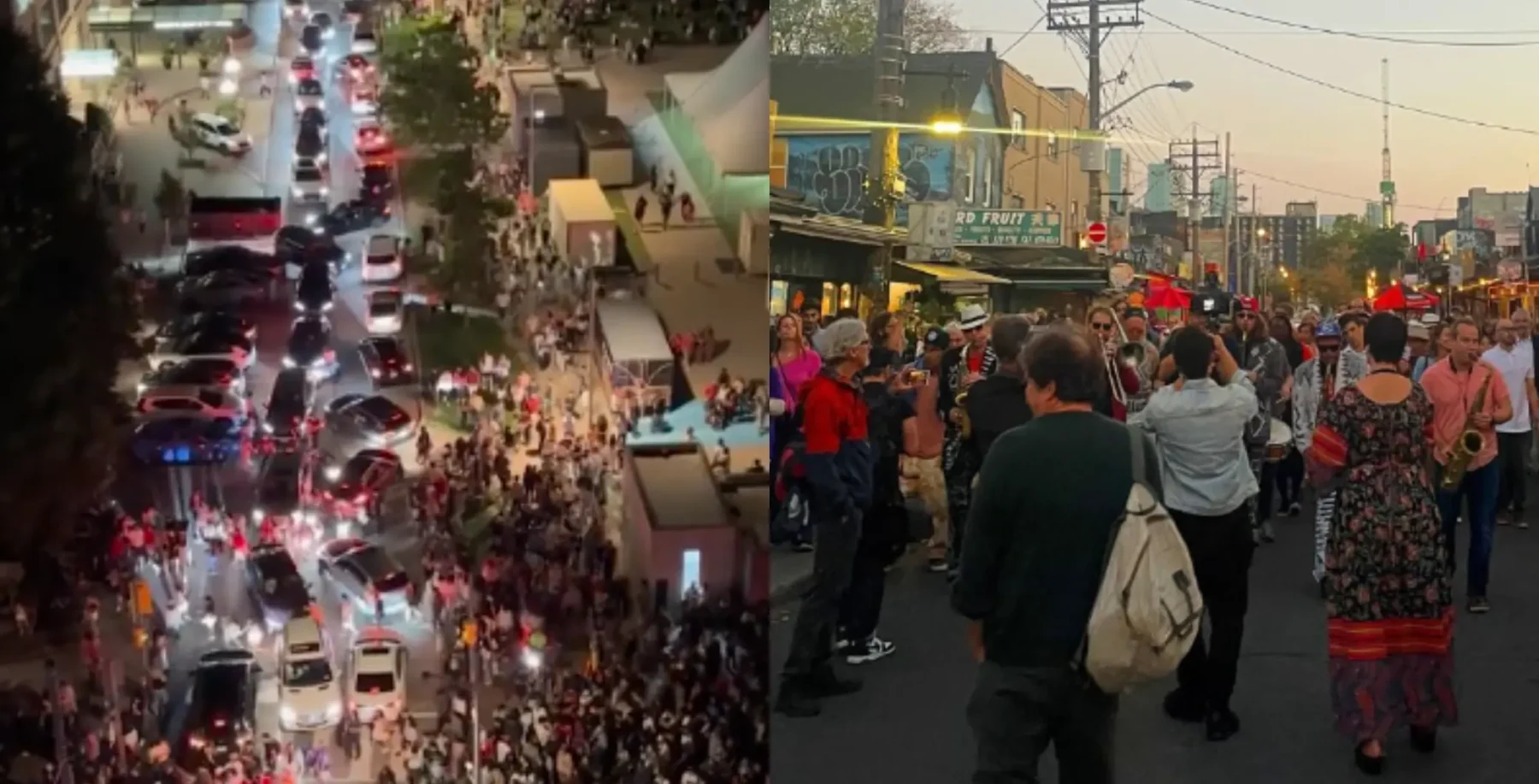
The revamped Queens Quay has become a magnet for cyclists and a key part of the citys efforts to make Torontos waterfront a pedestrian showcase destination.
But using the signature bike lane that runs though it which is actually part of the Martin Goodman Trail, a multi-use path that runs from the Beaches over to the Humber River in the west end can be a hazard, an unexpected outcome considering the streets revitalization two years ago was supposed to enhance the safety of cycling and encourage more people to leave their cars at home.
When Bill Kime recently collided with a taxi while riding in the bike path near Yonge, sending him sprawling to the ground in front of one of the citys busiest hotels, he was hit with a weird sense of deja vu. It was the second time hed been knocked off his bike in the same spot.
They were almost identical situations, he says.
The Queens Quay redesign aimed to convert Queens Quay West into a complete street, accessible to pedestrians, cyclists, cars and streetcars at the same time. Kimes experience, however, highlights that Torontonians are still having trouble navigating the zone.
While formal accident statistics are not readily available the Toronto Police Service will only release them through a Freedom of Information request those using the waterfront say the situation can be chaotic, particularly in summer when the area is swarming with people.
Streetcar drivers report pedestrians wandering into their paths while bikes vie for space with drivers waiting to turn. Speeding cyclists blowing through red lights are also not an uncommon sight.
Kime says he understands the difficulty drivers are having adjusting to the new Queens Quay.
Youve got to be concerned about bicycles going both ways and pedestrians going both ways, he says. Its an awful lot to think about.
Yvonne Bambrick, author of The Urban Cycling Survival Guide, says Queens Quay poses a multidimensional problem.
Its not just about cars versus bikes, its also about bikes versus bikes and bikes versus pedestrians, she says.
Bambrick says shes still recovering from a collision with another cyclist on the lane this spring, part of a pattern of difficulties that have been caused by careless cycling in the area.
Kevin Currie, owner of Wheel Excitement bike shop at Queens Quay and Rees, says hes not surprised that accidents continue to occur.
If people dont start to respect each other, were going to keep having serious problems, says Currie.
Bambrick says the city should have done more to explain to people how the street is designed to work.
Cities are undergoing transitions, were putting in new infrastructure and markings and signage, but what we dont do and what we ought to be doing much more regularly is communicating how to use these things, Bambrick says.
The recent launch of the King Street pilot project to speed up streetcars by reducing car traffic, is another example of bad communication, Bambrick says.
People [are] on autopilot, not paying attention to the new markings or looking at the signs. Just going straight through.
Kime is not sure having police issuing more warnings to people breaking the rules on Queens Quay as is happening on King is a viable solution. They have other things to worry about, he allows.
But changes may be in the offing. Waterfront Toronto, which was in charge of the Queens Quay project, continues to tweak the design. One idea being considered is barriers between the bike lane and streetcar tracks to keep pedestrians from wandering into traffic. The sidewalk, bike path and streetcar tracks are currently on the same level in many places, differentiated only by changes in paving material.
Christopher Glaisek, senior vice-president of planning and design at Waterfront Toronto, says that part of designing new infrastructure is listening to users feedback.
We get no shortage of suggestions from people, he says.
But he thinks that Torontonians are slowly adapting to new types of streets.
If you look at European cities like Copenhagen, they do these sorts of things everywhere and people are generally just alert to that, Glaisek says. In North America its harder, and Queens Quay is sort of a tester for that. But I think more people are seeing it and understanding it.
Glaisek says another possible explanation for the issues might be the amount of traffic on the bike lane, which he says exceeds what we anticipated. He says on peak weekends, some 500 bikes an hour are using the bike path compared to the 40 or so per hour before the street redesign.
The number of cyclists will likely continue to rise as condominiums spring up along the waterfront.
Accordingly, Glaisek says proposals for a redesigned Lake Shore Boulevard to the north includes bike lanes, a development that would be welcome by bike riders and lessen the load on the Martin Goodman Trail along Queens Quay.
news@nowtoronto.com | @nowtoronto












